To be honest, this series is one of my personal favorites. Researching and listing all the revolutionary cars that changed the automotive industry is a gem of a task, especially for someone who adores all the small details of automobiles. This is the third part of the series – if you haven’t read the first part of the second, make sure to do so. Now let’s see some of the best cars in the industry.
Chevrolet Corvette C7
The last of its kind. The C7 Corvette was the final front-engine coupe sportscar, before the Corvette, was transformed into a mid engine sports car with the C8 iteration. It featured a thundering 455-hp V8 under the hood, with so much grip that it feels as if it generates its gravitational pull and a ferocious countenance.
The Corvette is a great sports car – a supercar, in some of its guises.
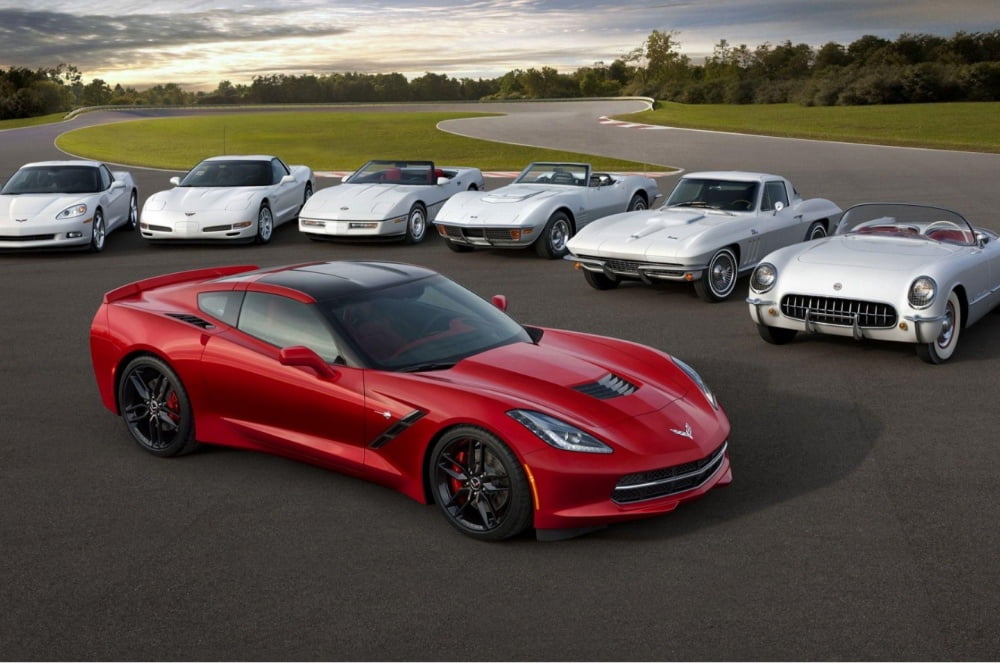
For more than 60 years, the Corvette has been the absolute American sports car. The C7 generation is easily one of the best iterations ever. The facelifted 2017 Chevrolet Corvette lineup gained a new Grand Sport model that combined the handling upgrades of the top-of-the-line Z06 with the manageable power of the base V8 engine.
Bentley Continental GT
If you want to own a piece of British luxury and performance, the Continental GT is the car to own. There are many exceptional car manufacturers in Great Britain like Lotus, Aston Martin, or the rival Rolls-Royce. But, if you want to combine raw power with luxury, there’s no question about which brands to go with.
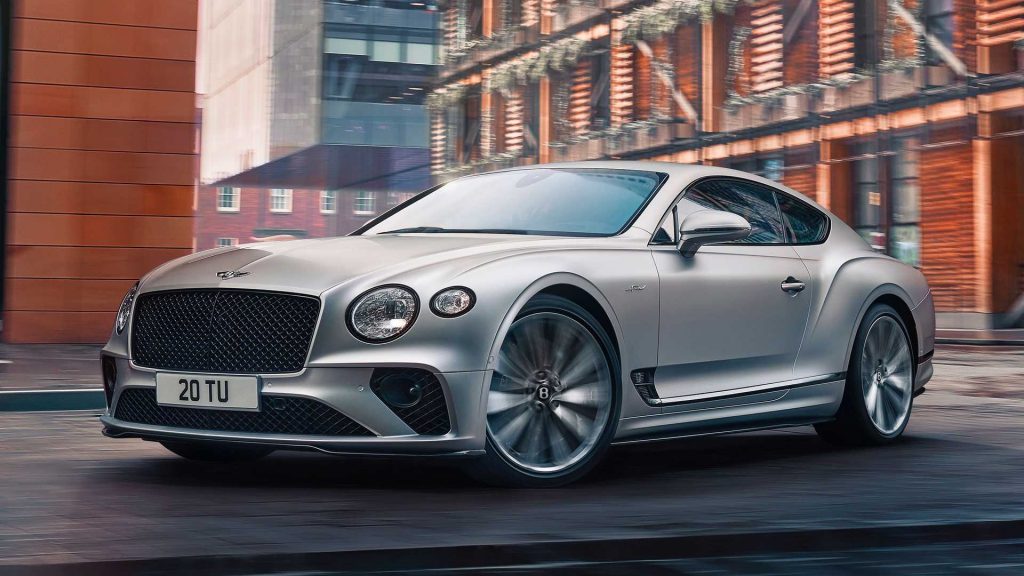
The Bentley Continental GT is a grand tourer manufactured and marketed by British automaker Bentley Motors since 2003. It was the first car released by Bentley under Volkswagen AG management, after the company’s acquisition in 1998, and the first Bentley to employ mass production manufacturing techniques.
They continuously refined the Continental GT but never changed it drastically. The lines of the car and its brawny powertrain were a masterpiece ever since the beginning.
Lamborghini Aventador Ultimae
Another iconic machine that is the last of its kind. The Aventador is probably the final naturally aspirated V12 in the line of Lamborghini – and probably on the automotive market.
They announced the final form of the iconic naturally aspirated V12 supercar at the end of 2021. They gave an appropriate name for such a car and named it the Lamborghini Aventador Ultimae as a tribute to its iconic powertrain.

Lamborghini has been producing cars with naturally aspirated V12 engines since their first car, the 350 GT. But, you probably know their second car, the Miura, better.
The Ultimae (LP780-4) receives the power of their most aggressive SVJ, without all the wild looks. The Ultimae is a limited-produced car made for the truest enthusiast of the Aventador – limited to 600 models. Only 350 coupes and 250 roadsters will be built before the Aventador goes off into that good night.
Lexus LFA
Ask any car enthusiast about the best sounding cars, and I bet you will hear the Lexus LFA is in the top three. The LFA’s naturally aspirated V10 engines sound like no other production car on the market.

It is not only about the sound – the LFA comes with a lavish exterior design that pays homage to both Lexus and Toyota. To minimize the weight of the car, a decision was made to switch the aluminum for an advanced carbon fiber reinforced plastic for the bodywork, which made the car even more special.

To be honest, the LFA wasn’t an instant hit at first. The driving capabilities, and features of its rival, the GTR, put Lexus in a challenging position. In addition and probably the biggest reason why this supercar failed is because of its price tag.
In 2011 the LFA hit the market with a $400,000 sticker on its windscreen. It was almost double the price of a Ferrari 599 – you heard it right, a Ferrari 599. However, ever since the Lexus LFA became a collectible piece with one of the most unique engine sounds to this day.
DMC DeLorean
For younger readers, it may not be a big deal, but ask your parents about the DeLorean, and they will be all over the top. Although the car wasn’t a success in sales, it affected a generation and earned instant recognition thanks to the Back to the Future franchise.
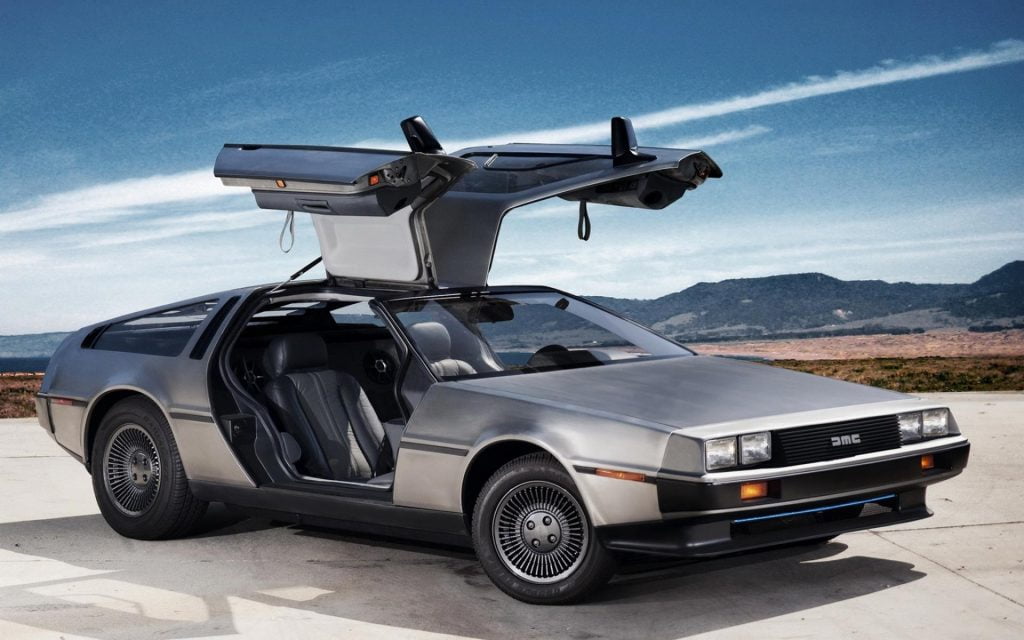
The DMC DeLorean (often referred to as the “DeLorean“) is a rear-engine, two-passenger sports car manufactured and marketed by John DeLorean’s DeLorean Motor Company (DMC) for the American market from 1981 until 1983 – ultimately the only car brought to market by the fledgling company.
The DeLorean is sometimes referred to by its internal DMC pre-production designation, DMC-12. However, the DMC-12 name was never used in sales or marketing material for the production model.
Jaguar E-Type
The Jaguar E-Type, or XK-E for the North American market, is a British sports car that was manufactured by Jaguar Cars Ltd between 1961 and 1974. Its combination of beauty, high performance, and competitive pricing established the model as an icon of the motoring world.
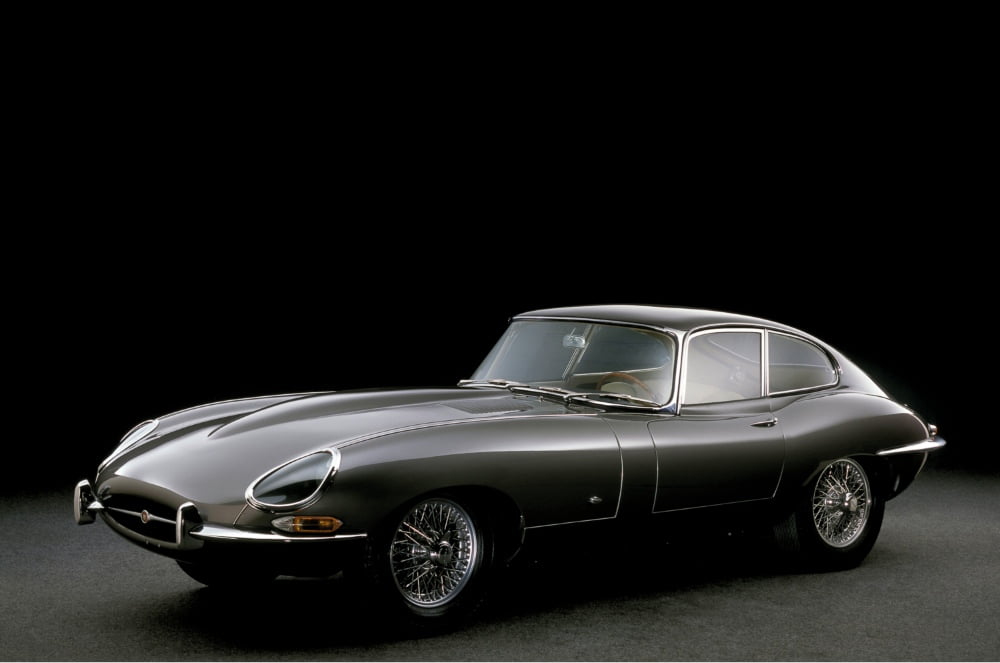
The E-Type’s claimed 150 mph (241 km/h) top speed, sub-7-second 0 to 60 mph (97 km/h) acceleration, unitary construction, disc brakes, rack-and-pinion steering, and independent front and rear suspension distinguished the car and spurred industry-wide changes.
The E-Type was based on Jaguar’s D-Type racing car, which had won the 24 Hours of Le Mans for three consecutive years beginning in 1955, and employed what was, for the early 1960s, a novel racing design principle, with a front subframe carrying the engine, front suspension and front bodywork bolted directly to the body tub.
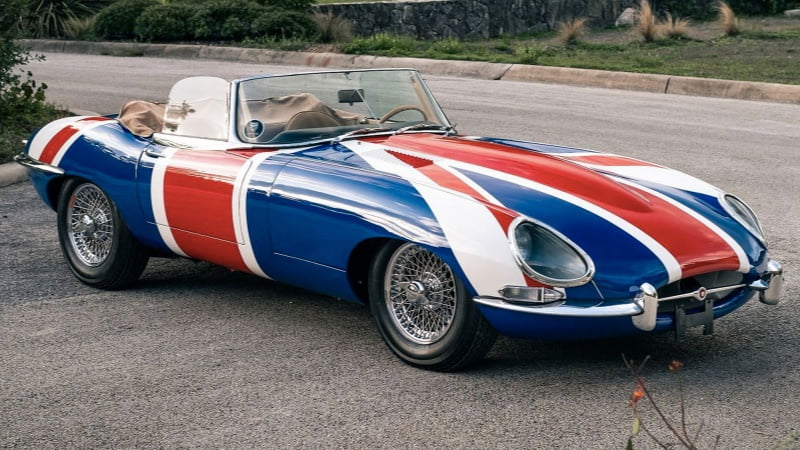
It is rumored that on its release on 15 March 1961, Enzo Ferrari called it “the most beautiful car ever made” but this statement is not confirmed. In 2004, Sports Car International magazine placed the E-Type at number one on their list of Top Sports Cars of the 1960s.
In March 2008, the Jaguar E-Type ranked first in The Daily Telegraph online list of the world’s “100 most beautiful cars” of all time. Outside automotive circles, the E-type has been featured in the Diabolik comic series, Austin Powers films, and the television series Mad Men.
Rolls-Royce Phantom
For the people that like to stand out – no matter the price tag. It is worth noting that we can’t really talk about the price tag of a Rolls Royce since no two Rolls Royce are alike. Their customers usually tailor their cars to their own tastes.

The Rolls-Royce Phantom is a full-sized – nearly 6 meter, luxury saloon manufactured by Rolls-Royce Motor Cars. It is the eighth and current generation of the Rolls-Royce Phantom, debuting in 2017, and the second launched by Rolls-Royce under BMW ownership. It is offered in two wheelbase lengths. This is – and always was, the flagship model made by Rolls-Royce Motor Cars.

The Phantom is exclusively available with a twin-turbocharged 6.75-liter V12 engine. This is a variant of BMW’s N74 engine, which is unique to the Phantom. This powerful V12 runs effortlessly while outputting 563 bhp and 900 Nm torque and has a top speed of 250, which is more than enough for any customer.
Volkswagen I.D. R
Meet the car that is meant to break records. The Volkswagen I.D. R also known as Volkswagen I.D. R Pikes Peak is a prototype fully electric vehicle designed as part of Volkswagen’s I.D. Project and included within Volkswagen’s R series of cars designed specifically for competing in motorsport events.
It is the first electric racing car designed by Volkswagen.

The Volkswagen I.D. R features two electric motors, located at each axle, allowing for a combined 507 kW (680 hp) and 649 Nm (479 lb-ft) of torque. The I.D. R weighs under 1,100 kg (2,500 lb) and has a 0 to 60 mph (97 km/h) time of 2.25 seconds. It has a single 45-kWh battery. The Chassis of the car was co-developed by Norma, a French sports prototype and hill climb specialist.
Volvo P1800
Before Volvo’s design language turned into boxes. The P1800 was born in the 60s as a head-turning flagship to nourish the Volvo brand.

The Volvo P1800 is a 2 door, front-engine, rear-drive sports car manufactured and marketed by Volvo Cars between 1961 and 1973. Originally a coupé (1961–1972), it was also offered in a shooting-brake configuration toward the end of its production (1972–1973).

Styling was made by Pelle Petterson under Pietro Frua when Frua’s studio was a subsidiary of the Italian Carrozzeria Ghia, and the mechanicals were derived from Volvo’s Amazon/122 series.
It was marketed as a touring car rather than a sports car – the P1800 became widely known when driven by British actor Roger Moore in the television series The Saint, which aired from 1962 to 1969.
Dodge Viper GTS
One of the most iconic American sports cars with its undeniable V10 powertrain. The 0-60 mph time on a Viper varies from around 3.5 seconds to 4.5 seconds. Top speed ranges from 160 mph to over 200 mph, depending on variant and year.

The Dodge Viper is a sports car that was manufactured by Dodge (by SRT for 2013 and 2014), a division of American car manufacturer FCA US LLC from 1992 until 2017. Having taken a brief hiatus in 2007 and from 2010 to 2012. Production of the two-seat supercar began at the New Mack Assembly Plant in 1991 and moved to the Conner Avenue Assembly Plant in October 1995.

Although Chrysler – the parent company of Dodge, considered ending production because of serious financial problems, on September 14, 2010, the then chief executive Sergio Marchionne announced and previewed a new model of the Viper for 2012. The Viper was eventually discontinued in 2017 after being in production for 26 years.
De Tomaso Pantera
For younger readers, the De Tomaso Pantera may not be as familiar as it is for their parents. It was a relatively small Italian manufacturer until it was later purchased by Hong Kong-based Ideal Team Ventures. The car had one of the most beautiful car designs ever fitted to a production car – at least for me.
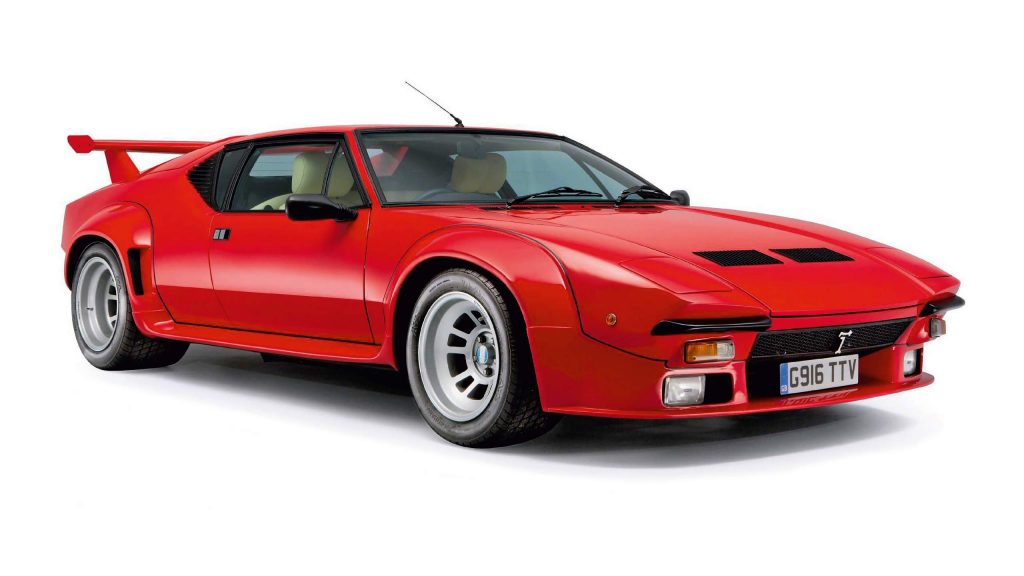
The De Tomaso Pantera is a mid-engine sports car produced by Italian automobile manufacturer De Tomaso from 1971 to 1992. Italian for “Panther”, the Pantera was the automaker’s most popular model, with over 7,000 manufactured over its twenty-year production run.
More than three-quarters of the production was sold by American Lincoln-Mercury dealers from 1972 to 1975. After this agreement ended, De Tomaso kept manufacturing the car in ever smaller numbers into the early 1990s.
Fiat 124 Spider
The last one on the list is a timeless car and a special one for me. As some of you know, I am a huge enthusiast of Italian culture – whether it is food, landscapes, or classic cars. If you visit any coast of Italy and want to rent a car, make sure to pick a 124 Spider or a 500 to feel the Dolce Vita lifestyle.

The Fiat 124 Sport Spider is a convertible sports car marketed by Fiat for model years 1966-1985. It was designed and manufactured by the Italian carrozzeria Pininfarina. The monocoque, front-engine, rear-drive Sport Spider debuted at the 1966 Turin Auto Motor Show with styling by Tom Tjaarda.
Keep on reading: Ferrari 308 GTB/GTS – A Piece of the Italian History




